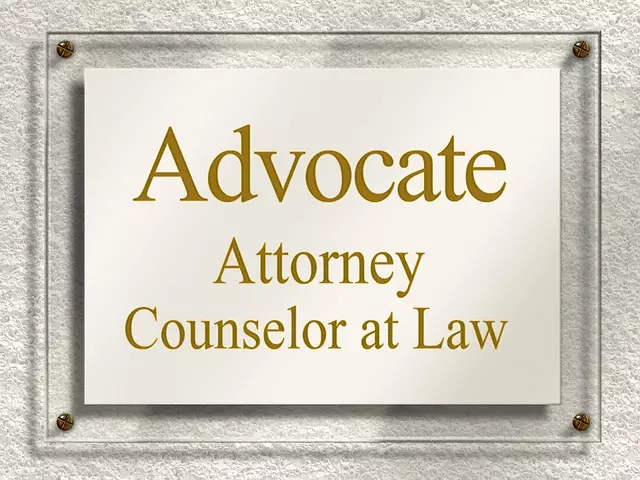Distracted driving, driven by digital distractions, is a growing crisis in New York City, contributing to an increasing number of car crashes and severe closed head injuries (CHI). With high traffic volumes and dense populations, the city faces unique challenges. To combat this issue, a multi-faceted approach is required including public awareness campaigns, stricter law enforcement, and technological advancements that prioritize driver focus and safety. CHI, often overlooked but with profound impacts, necessitates prompt detection and specialized care available in NYC's advanced medical facilities. Stringent laws and consequences for distracted driving, along with safety campaigns and technological solutions, aim to reduce accidents and enhance road safety.
In the bustling metropolis of New York City, distracted driving has emerged as a pressing safety concern. This urban landscape, filled with constant stimuli, presents unique challenges for drivers, leading to an alarming rise in car crashes. The article delves into the multifaceted issue, exploring the impact of closed head injuries, legal repercussions, and crucial safety measures taken by NYC. Additionally, it offers strategic solutions to combat these accidents, emphasizing prevention as a key approach, especially considering the prevalence of closed head injuries in local crashes.
- Understanding Distracted Driving: A Growing Concern in NYC
- The Impact of Closed Head Injuries in Car Crashes
- Legal Implications and Safety Measures in New York City
- Preventative Strategies to Combat Distracted Driving Accidents
Understanding Distracted Driving: A Growing Concern in NYC

Distracted driving has become a significant and growing concern in New York City, contributing to a rising number of car crashes and injuries. With constant connectivity and an ever-present digital world, drivers are increasingly tempted to engage in activities that take their attention away from the road. This phenomenon is not just a local issue; it’s a national crisis, with countless accidents attributed to driver distraction each year. New York, as one of the busiest cities globally, faces unique challenges due to its high volume of traffic and densely populated areas.
The impact of distracted driving can be severe, often leading to closed head injuries, which are among the most common types of trauma in car crashes. These injuries can have long-lasting effects on victims’ lives, affecting their cognitive abilities, physical health, and overall quality of life. Addressing this issue requires a multi-faceted approach, including public awareness campaigns, stricter enforcement of existing laws, and advancements in vehicle technology that promote driver focus and safety.
The Impact of Closed Head Injuries in Car Crashes

Closed head injuries (CHI) are a significant concern in car crashes, especially in bustling cities like New York. These injuries, often overshadowed by more visible trauma, can have profound and long-lasting effects on victims’ lives. CHI occurs when the brain moves within the skull upon impact, leading to potential damage or disruption of brain functions. Given the high density of traffic and frequent accidents in NYC, understanding and recognizing CHI is crucial for immediate and effective medical response.
New York City’s emergency services are well-equipped to handle such cases, employing advanced trauma care protocols tailored to address closed head injuries. Early detection and proper management are essential, as CHI can manifest in various ways, from mild concussions to severe, life-altering conditions. Prompt transportation to specialized medical facilities equipped with neurosurgeons and neurologists ensures that NYC residents receive the best possible care for these complex brain injuries.
Legal Implications and Safety Measures in New York City

In New York City, distracted driving is a significant concern with severe legal implications. The state has implemented stringent laws to combat this growing problem, particularly focusing on text messaging and handheld device use while behind the wheel. Violators face hefty fines, points on their driver’s licenses, and potential insurance premium increases. Moreover, victims of accidents caused by distracted drivers may be entitled to compensation for medical expenses, including treatment for closed head injuries in New York, which can have long-term effects.
Safety measures are a priority in NYC, with campaigns raising awareness about the dangers of texting while driving. Law enforcement also plays a crucial role in deterring such behavior through random checks and strict enforcement. Additionally, advancements in vehicle technology offer potential solutions, such as apps that detect and prevent phone use during driving. These combined efforts aim to reduce distracted driving crashes and ensure the safety of all road users.
Preventative Strategies to Combat Distracted Driving Accidents

Distracted driving accidents in New York City, often resulting in serious injuries like closed head injuries, are a growing concern. To combat this, several preventative strategies can be implemented. First, educational campaigns aimed at raising awareness about the dangers of distracted driving can significantly impact behavior modification. These campaigns should highlight real-life stories and statistics to underscore the risks involved.
Second, stricter enforcement of existing laws is crucial. This includes increasing police patrols during peak hours when distractions like texting behind the wheel are more prevalent. Additionally, implementing technology such as driver monitoring systems in vehicles can help identify and deter distracted driving behaviors. Encouraging ridesharing or carpooling options for commutes can also reduce the number of individual cars on the road, thereby lowering potential accident risks.
Distracted driving remains a significant challenge on NYC’s roads, with severe consequences, including an increased risk of closed head injuries. While legal implications and safety measures have been implemented, proactive strategies are crucial to combat this growing concern. By understanding the risks, adopting preventative tactics, and raising awareness, we can work towards reducing distracted driving accidents and ensuring safer streets for all New Yorkers.
